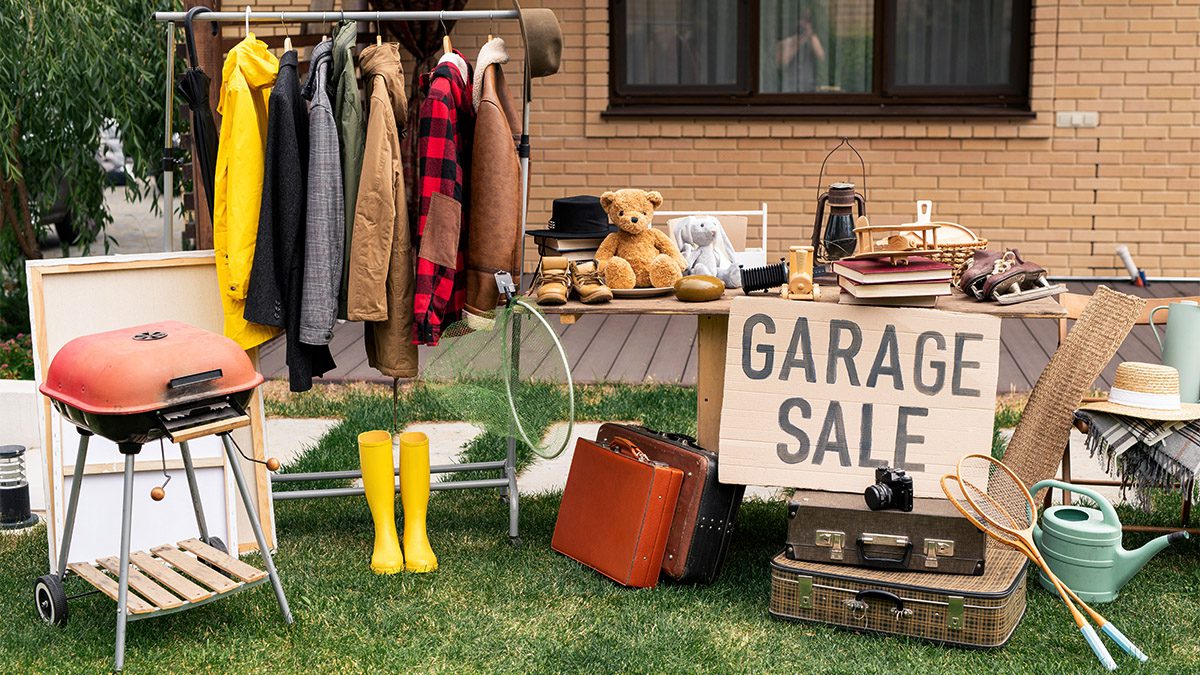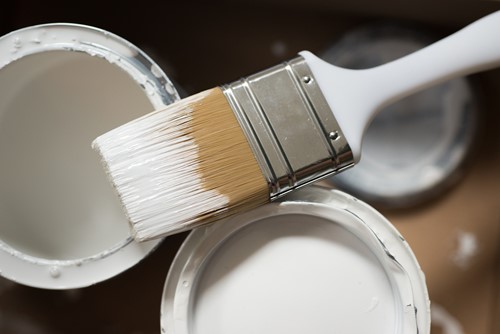If you’re planning a major remodel of your home, you’ll need to know about safely removing non load bearing walls. Most interior walls you are likely to remove during a remodeling project are non load bearing, but it’s important to know how to identify them before you begin demolition.
As always with significant renovation projects, consult a professional before you get into your home renovation.
Here is a basic guide to non load bearing walls:
What are examples of non load bearing walls?
Walls in your home exist for many reasons other than bearing loads. Here are some examples of non load bearing walls you’re likely to have in your house:
- Closet walls.
- Interior basement walls.
- Walls between bedrooms.
- Angular walls covering corners.
What is the best way to remove a non load bearing wall?
While demolishing a wall might make you think of sledgehammers, it’s much safer and more effective to remove non load bearing walls piece by piece. The basic strategy for safely removing a non load bearing wall is to begin with the outside layers and work inward.
It may seem simple, but it’s essential to hire professional help for removing walls of any kind. Even if the wall is not load bearing, you will need to install headers to support the weight from above. Removing a wall also requires altering electrical circuits, plumbing or gas pipes and HVAC ductwork in a safe and precise manner. Pipes and wires will either need to be capped off or redirected.
For safety reasons, it’s recommended that you consult an engineer or other construction professional for help removing a non load bearing wall. They can make sure all changes adhere to building codes and will keep you and your home safe in the future.
Keep this in mind when planning a major remodel of your home, and plan accordingly, so you have the support you need.



 If you intend to sell your home, you may want to host a yard sale. Thanks to a yard sale, you can eliminate clutter from your residence. Furthermore, a yard sale enables you to connect with your local community and inform community members about your plans to list your house.
If you intend to sell your home, you may want to host a yard sale. Thanks to a yard sale, you can eliminate clutter from your residence. Furthermore, a yard sale enables you to connect with your local community and inform community members about your plans to list your house.






 As a homebuyer, it is paramount to establish realistic expectations for the homebuying journey. That way, you can take a step-by-step approach to achieve various goals along this journey and acquire your ideal residence faster than ever before.
As a homebuyer, it is paramount to establish realistic expectations for the homebuying journey. That way, you can take a step-by-step approach to achieve various goals along this journey and acquire your ideal residence faster than ever before.





 Every home seller wants to enjoy a positive property selling experience. Yet ensuring your home selling strategy goes according to plan may be difficult, particularly for a seller who lacks property selling expertise. Lucky for you, we’re here to provide the help you need to achieve the optimal results at each stage of the home selling journey.
Every home seller wants to enjoy a positive property selling experience. Yet ensuring your home selling strategy goes according to plan may be difficult, particularly for a seller who lacks property selling expertise. Lucky for you, we’re here to provide the help you need to achieve the optimal results at each stage of the home selling journey.